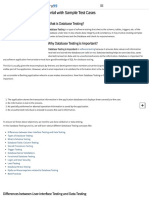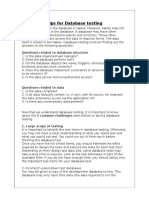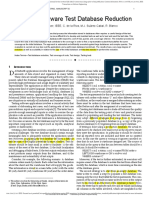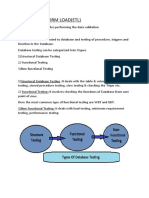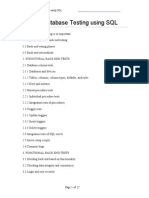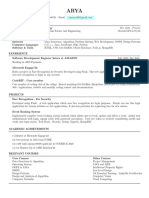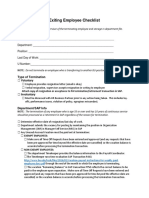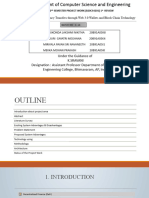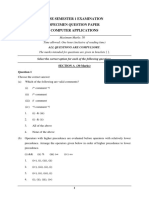0% found this document useful (0 votes)
7 views3 pagesTesting
The document outlines the process of creating test scenarios, test cases, and test scripts for database testing. Test scenarios provide a high-level overview of testing needs, while test cases detail specific conditions and expected results. Test scripts automate the execution of these test cases, ensuring clarity and thoroughness in database testing efforts.
Uploaded by
chandan prajapatiCopyright
© © All Rights Reserved
We take content rights seriously. If you suspect this is your content, claim it here.
Available Formats
Download as DOCX, PDF, TXT or read online on Scribd
0% found this document useful (0 votes)
7 views3 pagesTesting
The document outlines the process of creating test scenarios, test cases, and test scripts for database testing. Test scenarios provide a high-level overview of testing needs, while test cases detail specific conditions and expected results. Test scripts automate the execution of these test cases, ensuring clarity and thoroughness in database testing efforts.
Uploaded by
chandan prajapatiCopyright
© © All Rights Reserved
We take content rights seriously. If you suspect this is your content, claim it here.
Available Formats
Download as DOCX, PDF, TXT or read online on Scribd
/ 3





